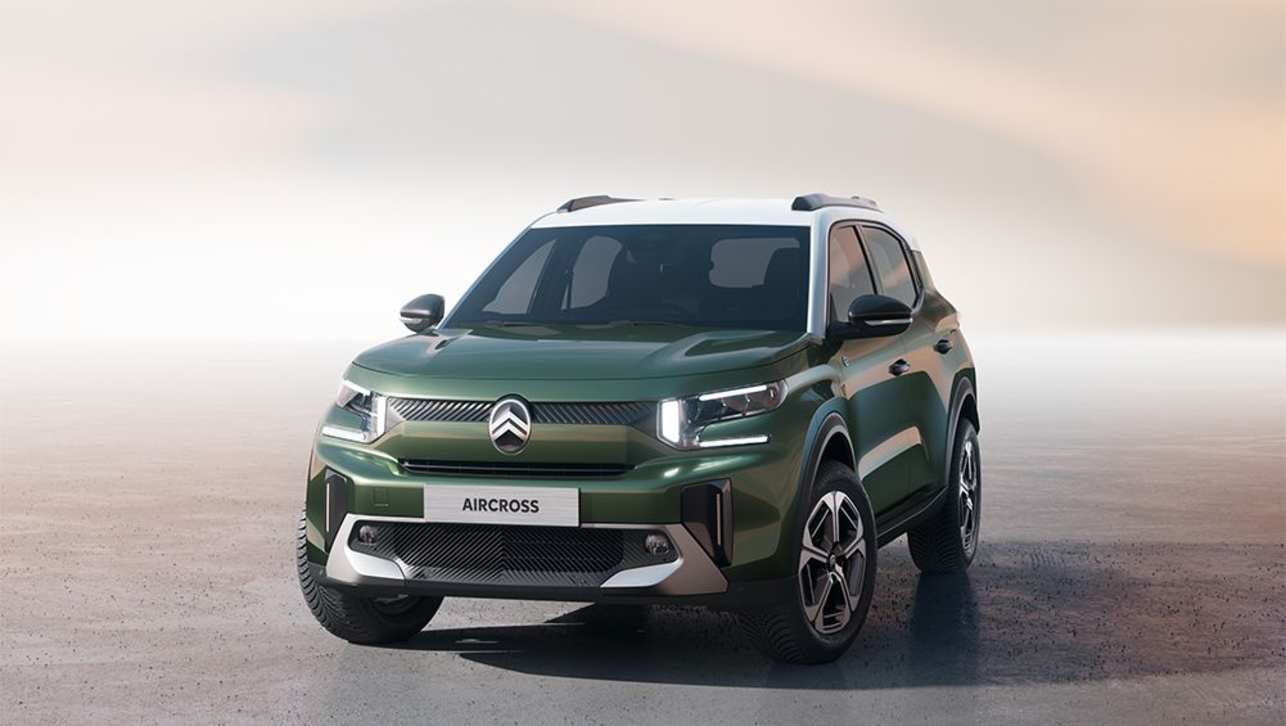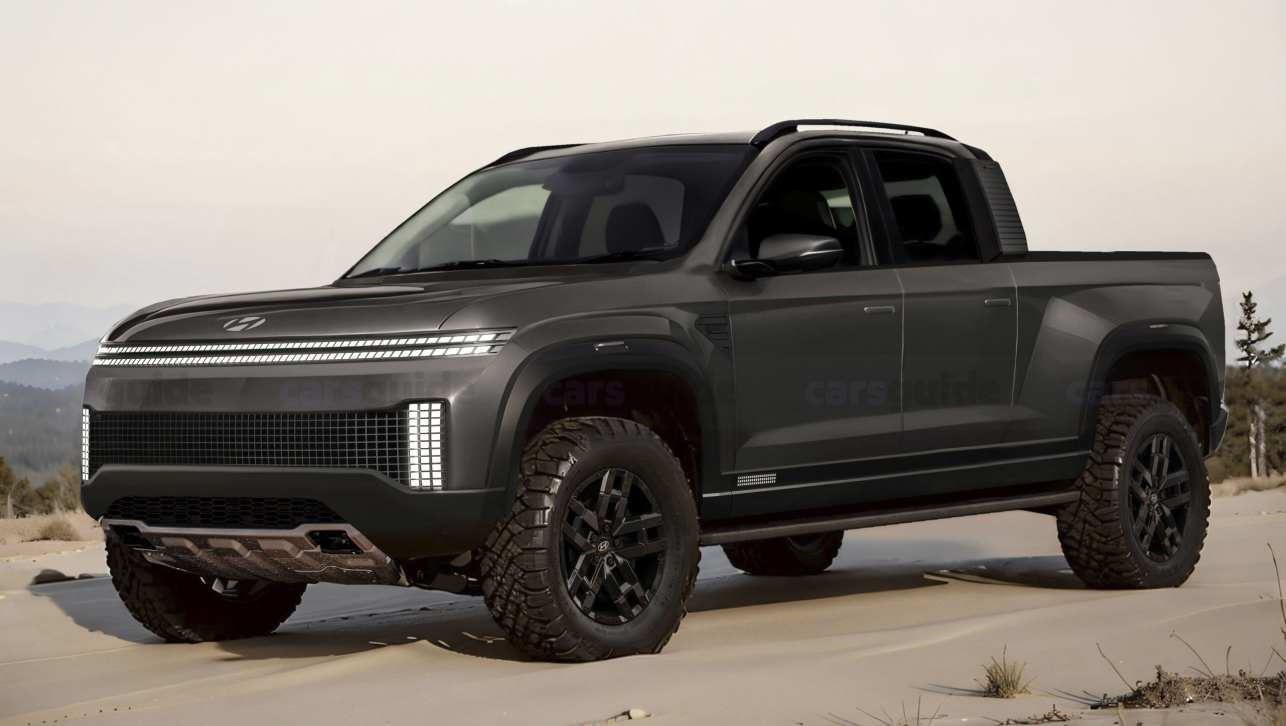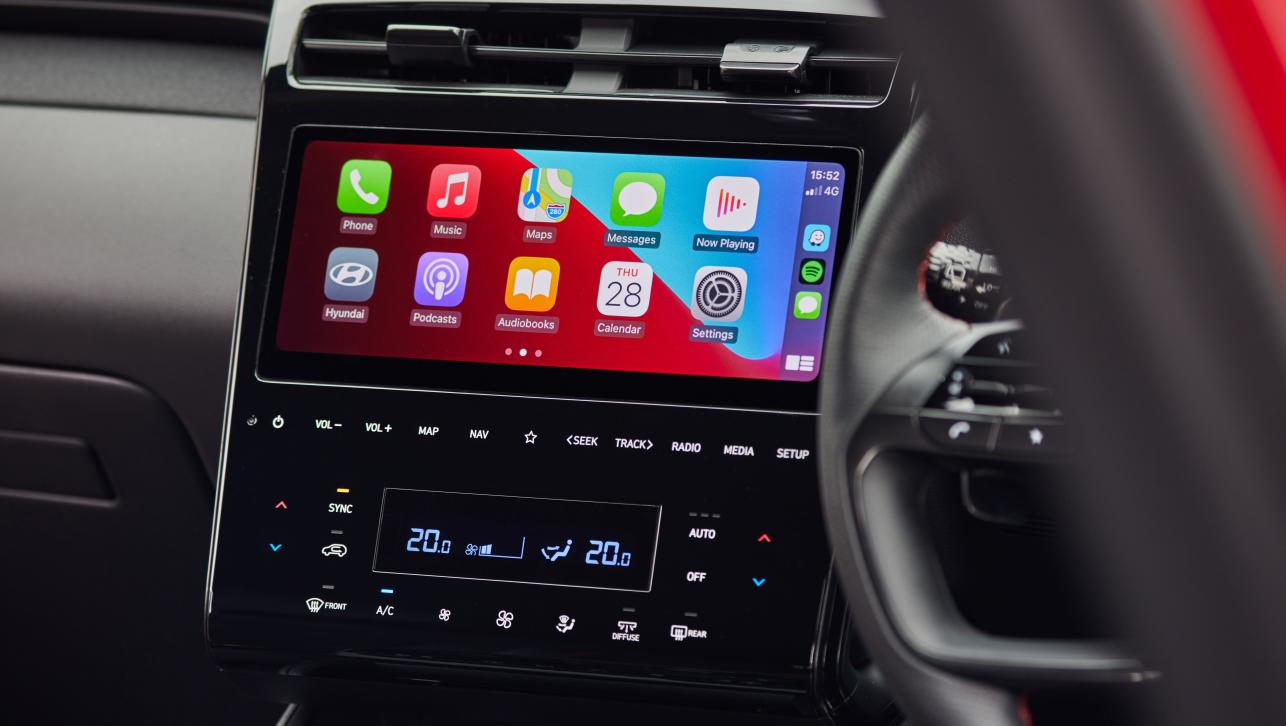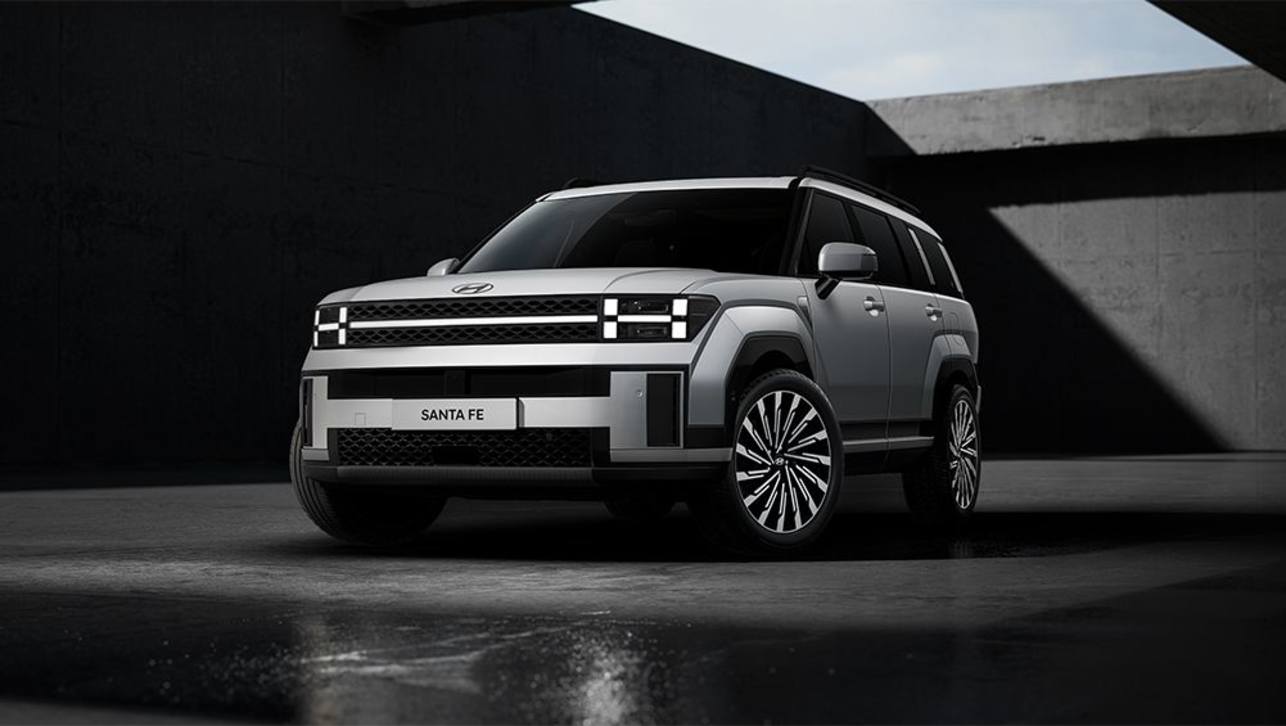The first hydrogen refuelling pump for cars was unveiled in Sydney today, now the industry is pushing for a network between our two biggest capital cities. The vehicles are ready, but today there’s only one place to fuel them.
The Federal Government has backed a plan to build a “hydrogen superhighway” between Melbourne and Sydney via the nation’s capital, Canberra.
At the unveiling of Australia’s first hydrogen refuelling pump for cars in Sydney today, Federal Minister for Industry and Science, Ian MacFarlane, said the alternative fuel was “a very exciting first step for a hydrogen highway ... on the eastern seaboard of Australia”.
South Korean car maker Hyundai has beaten hydrogen-car pioneers Toyota and Honda to Australian roads with a family SUV that emits only water vapour from its plastic tailpipe.
The hydrogen-powered Hyundai is on sale in North America, Europe and South Korea and the company wants to sell the same car locally -- but as of today there is only one refuelling point for automobiles after a three-year trail with Mercedes-Benz buses ended in Perth in 2007.
The car industry is pushing for the establishment of a hydrogen refuelling network between Australia’s two biggest capital cities because hydrogen cars are ready to be sold in showrooms.
Japanese brands Toyota and Honda are also poised to introduce hydrogen-powered sedans overseas, but won’t sell them locally until there is a hydrogen refuelling infrastructure.
“Hyundai strongly supports the idea of a ‘hydrogen superhighway’ infrastructure roll out in Australia, like those already in operation overseas,” said Hyundai Australia CEO Charlie Kim. “We see no reason why Australians should not enjoy the same environmental solutions as consumers in other markets.”
Hyundai is the first manufacturer globally to make a hydrogen-powered car in mass production.
“We look forward to engaging in industry and partner discussions about ways to further motivate the adoption of hydrogen motoring in Australia and to offering some viable options to our Federal, State and local policy makers.”
Senior Hyundai Australia executive John Elsworth said “burning fossil fuel will and must come to and end … we need to end our dependence on oil and find an alternative to fuel our transport. But Australia has a bit of catching up to do.”
Mr Macfarlane said the Australian Government supports alternative fuel research through Australian Research Council funding.
“The CSIRO is also developing scientific capabilities and new technologies relevant to hydrogen,” said Mr Macfarlane.
Unlike electric cars or petrol-electric hybrids, hydrogen vehicles create their own electricity while on the move.
The other advantage: they can refilled with hydrogen in the same amount of time as it takes to refuel a petrol car, and the driving distance between top-ups is about the same as regular vehicles.
The hydrogen is used by the onboard “fuel cell” to create electricity which, in turn, either charges the onboard battery pack or powers the car’s electric motor, or both.
Australia’s first hydrogen pump for cars is located behind Hyundai’s head office in the Sydney suburb of Macquarie Park, but the company says it will allow rival brands’ hydrogen cars to use the pump in its bid to get the technology moving.
Japanese giants Toyota and Honda have been developing hydrogen cars for the past decade and experimental vehicles have been in customer hands in limited numbers since 2007.
However, Hyundai is the first manufacturer globally to make a hydrogen-powered car in mass production; it goes down the same assembly line as petrol and diesel versions of the same car.








.jpg)

.jpg)
.jpg)
.jpg)
.jpg)
.jpg)
.jpg)
.jpg)
.jpg)
.jpg)
.jpg)
.jpg)
.jpg)
.jpg)
.jpg)
.jpg)
.jpg)
.jpg)
.jpg)
.jpg)
.jpg)
.jpg)

.jpg)
.jpg)


.jpg)





.jpg)




Comments